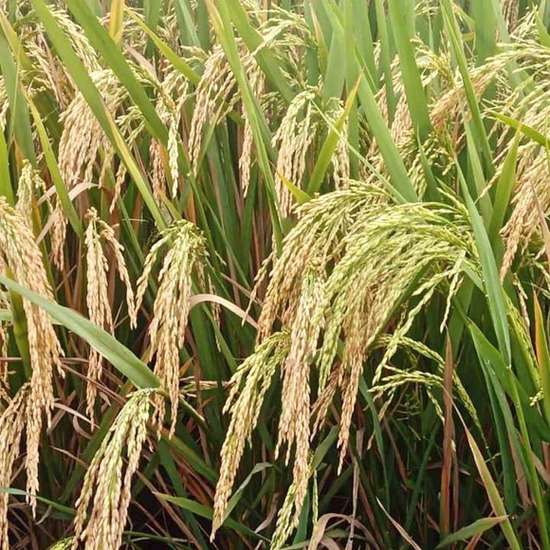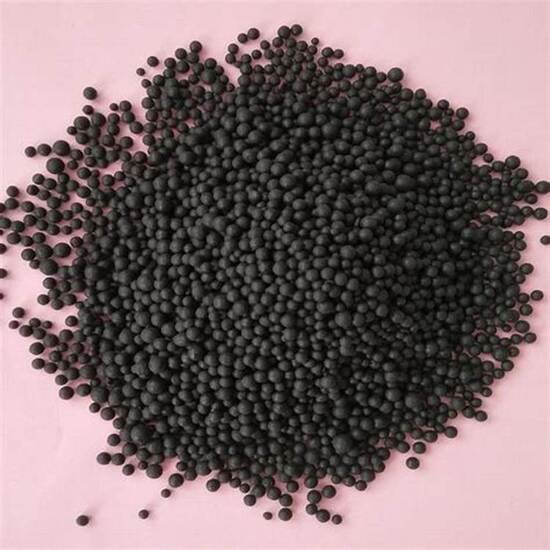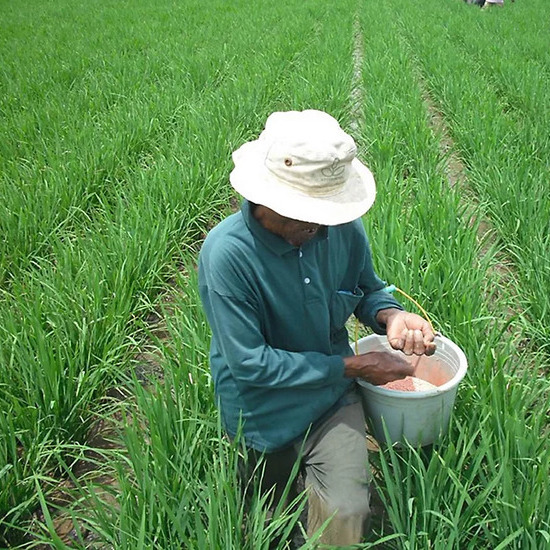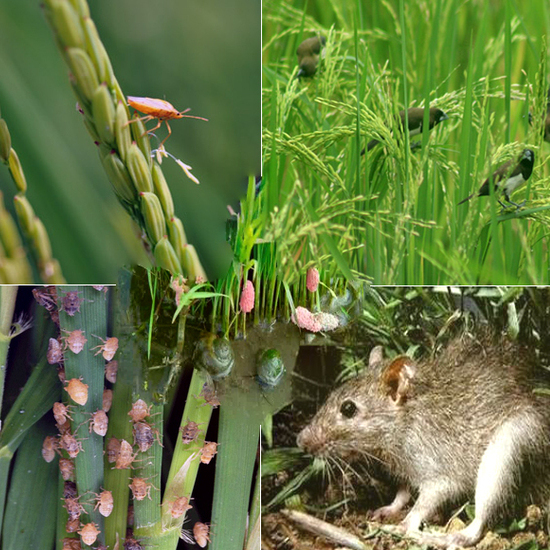Guide to Planting Cayenne Pepper in Pots for Abundant Fruit
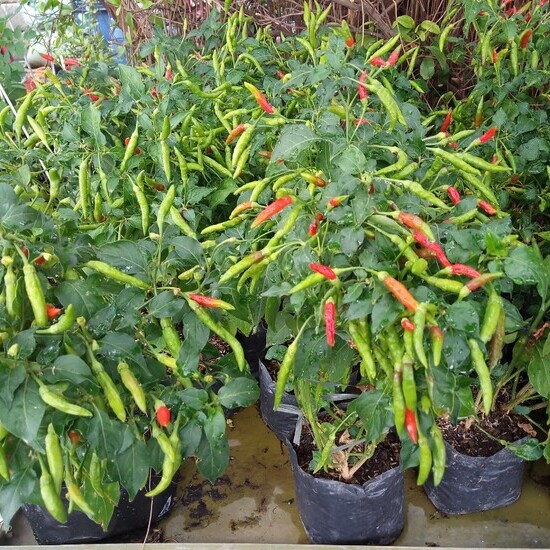
Cayenne pepper is not only a must-have spice in Indonesian kitchens but is also a relatively easy plant to grow, even in limited land such as in pots. PT Matari Agro Indonesia, as an agricultural training and consultant center, provides a comprehensive guide for those who want to grow cayenne pepper effectively in pots.
1. Chili Pepper Variety Selection
First, choose a chili pepper variety that suits your preferences and growing conditions in your location. Some commonly planted varieties are hybrid or local chili peppers that have varying levels of spiciness. These varieties can also be adjusted to your desired taste preferences, whether spicier or sweeter.
2. Pot and Planting Media Preparation
The next step is preparing the pot and planting media. Choose a pot that has a minimum diameter of 30 cm so that the chili pepper root system has enough space to grow. Make sure the pot has good drainage holes to avoid waterlogging that can cause root rot. As a planting medium, use a mixture of garden soil with compost or cocopeat to ensure that the plants get enough nutrients and good drainage.
3. Seeding and Planting Seeds
Chili pepper seeds can be planted directly in the pot or sown first in a seedling tray before being transferred to a larger pot. The seeds should not be placed too deep, about 1 cm below the surface of the soil, and make sure to water them regularly to keep them moist. Make sure the seeds used are of good quality and have good growth potential.
4. Watering and Irrigation
Maintain consistent soil moisture by watering the plants regularly, especially during hot weather or when the plants are still in the early growth phase. Drip irrigation or an efficient irrigation system can be used to ensure that the plants get water evenly without wasting resources.
5. Nutrient Provision
A sufficient supply of nutrients is the key to optimal cayenne pepper growth. Use organic fertilizer or liquid fertilizer containing nitrogen, phosphorus, and potassium to support healthy leaf growth and fruit formation. Nutrient provision must be carried out regularly according to the needs of the plants and the soil conditions used.
6. Pruning and Plant Care
Pruning is an important step in caring for cayenne peppers to keep them productive and healthy. Pruning old or damaged branches can stimulate the growth of new branches and improve air circulation between plants. Additional care such as re-fertilization and treatment for pests and diseases also needs to be done periodically to maintain plant health.
7. Pest and Disease Control
Pest and disease control is an integral part of plant cultivation, including cayenne pepper. Use environmentally friendly pest control methods, such as the use of botanical insecticides or the use of natural predators to reduce the population of plant pests. Monitor plants regularly for early detection of disease and take immediate action if suspicious symptoms are found.
8. Harvesting and Post-Harvest Handling
Cayenne pepper can be harvested when the fruit has reached the desired size and has changed color to red or green depending on the variety. Harvesting is done carefully to avoid damage to the plant and fruit. After harvesting, cayenne pepper can be stored in good conditions to maintain its freshness and quality before being sold or consumed.
9. Marketing Strategy
Cayenne pepper products can be marketed through various channels, including direct sales to consumers through local markets or supermarkets, sales to restaurants or catering that use cayenne pepper as the main ingredient, or through online platforms to reach a wider market. In the marketing strategy, it is important to promote the advantages of organic products and the quality of the cayenne pepper fruit produced.
10. Benefits of Planting Chili Peppers in Pots
Planting chili peppers in pots not only provides personal satisfaction in producing your own food but also has good economic potential. Organic cayenne peppers often have a higher selling value in the market due to the increasing demand from consumers who care about health and environmental sustainability. In addition, small-scale farming practices like this can be a positive step in supporting sustainable agriculture and reducing the carbon footprint in the surrounding environment.
Growing cayenne pepper in pots is an interesting and rewarding activity for anyone who wants to start a small-scale farming business. By following this guide and getting support from PT Matari Agro Indonesia, you can enjoy a bountiful cayenne pepper harvest and support a healthy and sustainable lifestyle. Don’t hesitate to start your own cayenne pepper growing project in pots and enjoy the deliciousness straight from your garden!
Matari Agro Indonesia is one of the most affordable and farmer-friendly agricultural consulting companies in Indonesia. We provide top-class agricultural consulting services nationwide with the help of a diverse team of scientists, operational experts, and technology. If you are looking for a better return on investment for your agricultural investment, contact the Matari Agro Indonesia team today!
